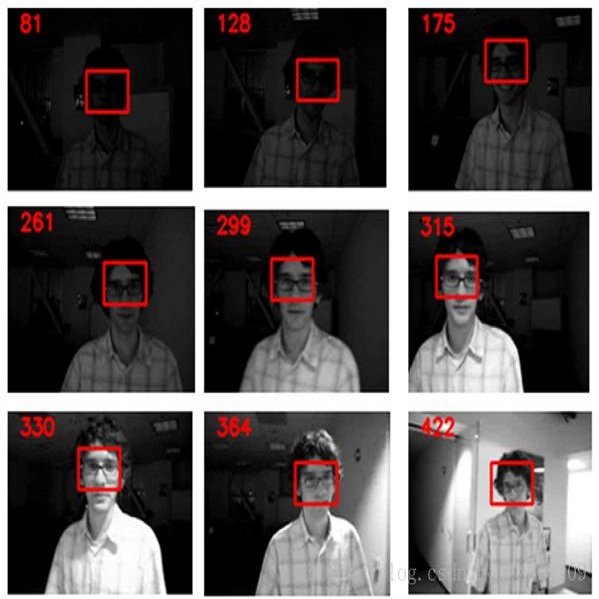Despite the numerous developments in object tracking, further development of current tracking algorithms is limited by small and mostly saturated datasets. As a matter of fact, data-hungry trackers based on deep-learning currently rely on object detection datasets due to the scarcity of dedicated large-scale tracking datasets. In this work, we present TrackingNet, the first large-scale dataset and benchmark for object tracking in the wild. We provide more than 30K videos with more than 14 million dense bounding box annotations. Our dataset covers a wide selection of object classes in broad and diverse context. By releasing such a large-scale dataset, we expect deep trackers to further improve and generalize. In addition, we introduce a new benchmark composed of 500 novel videos, modeled with a distribution similar to our training dataset. By sequestering the annotation of the test set and providing an online evaluation server, we provide a fair benchmark for future development of object trackers. Deep trackers fine-tuned on a fraction of our dataset improve their performance by up to 1.6% on OTB100 and up to 1.7% on TrackingNet Test. We provide an extensive benchmark on TrackingNet by evaluating more than 20 trackers. Our results suggest that object tracking in the wild is far from being solved.
翻译:尽管在物体追踪方面出现了许多发展,但目前跟踪算法的进一步发展仍受到小型且大多饱和的数据集的限制。事实上,基于深层学习的数据饥饿追踪器目前依赖天体探测数据集,因为缺少专门的大规模追踪数据集。在这项工作中,我们展示了跟踪网络,这是野生物体追踪的第一个大型数据集和基准。我们提供了超过3000万个视频,其中含有1400万个密集的捆绑框说明。我们的数据集覆盖了广泛和多样背景下的广泛选择对象类别。通过发布这样一个大型数据集,我们期望深度跟踪器能够进一步改进和概括。此外,我们引入了由500个新视频组成的新基准,其模型与我们的培训数据集相似。我们通过对测试集进行注解并提供在线评价服务器,为天体跟踪器的未来开发提供了一个公平的基准。深跟踪器对一部分数据集进行了精确调整,在广泛和多样的背景下,通过发布这样的大型数据集,我们期望深度跟踪器能够进一步改进和一般化。此外,我们还引入了由500个新视频组成的新基准,以类似于我们培训数据集的分布为模型。我们从远方位的跟踪测试中提供了一个远比20个目标追踪目标的跟踪结果。我们更深入地评估了20个数据库。




